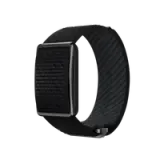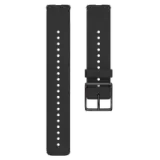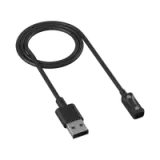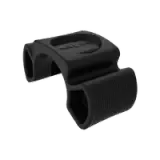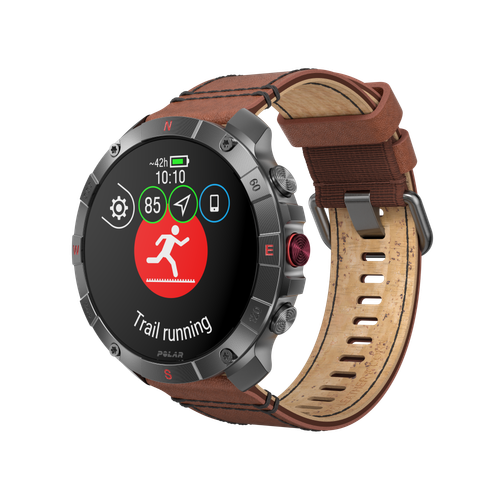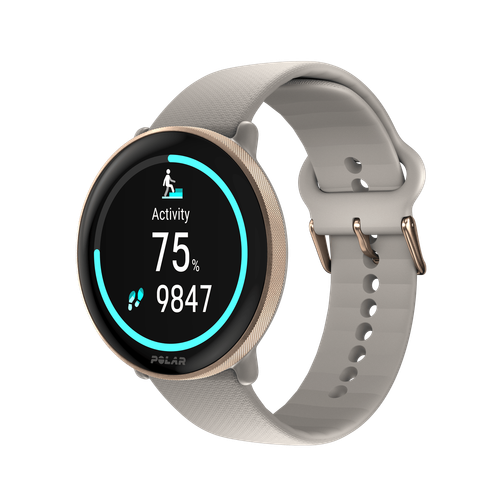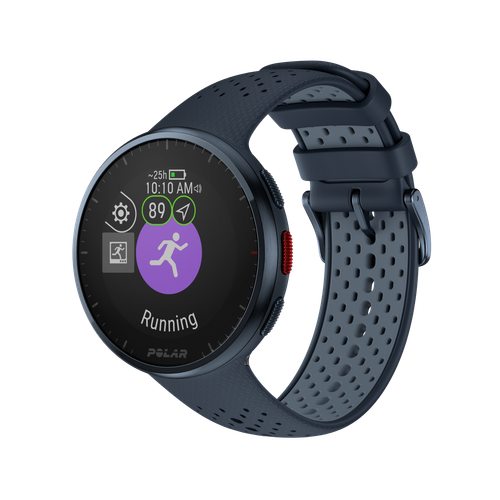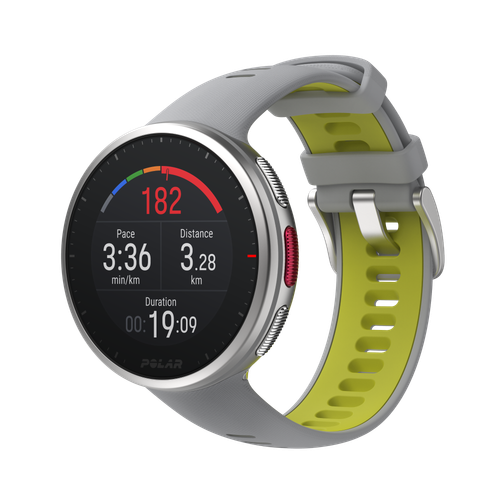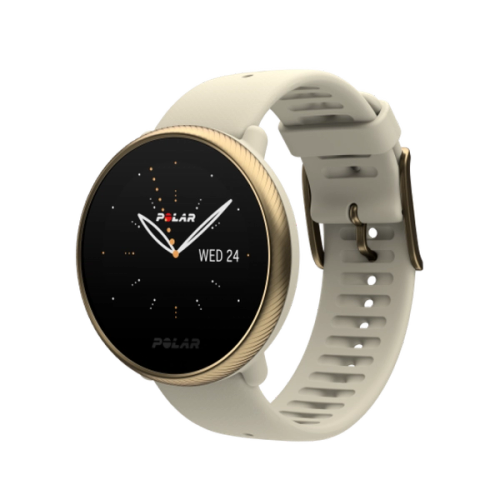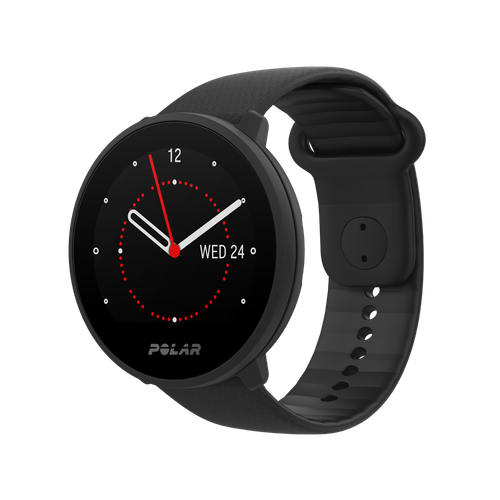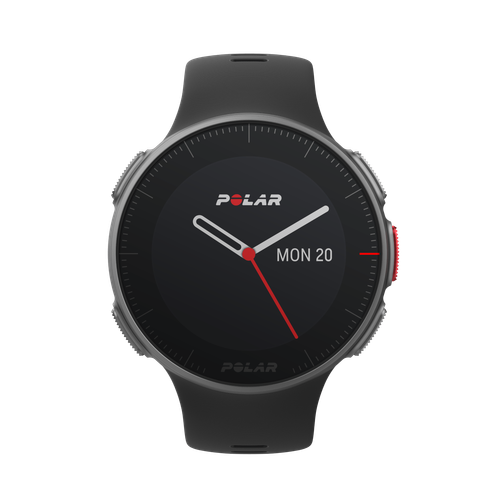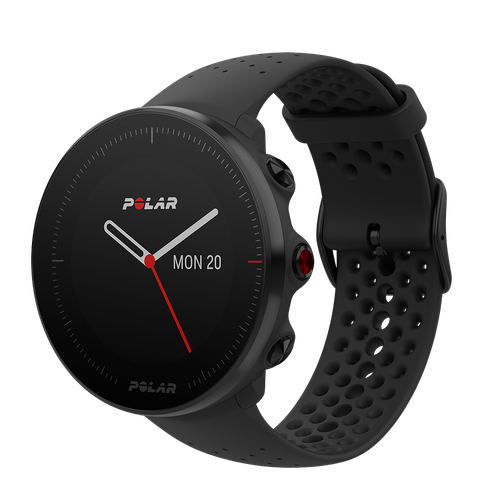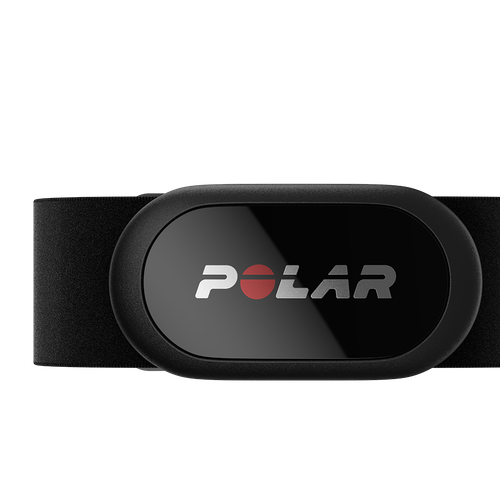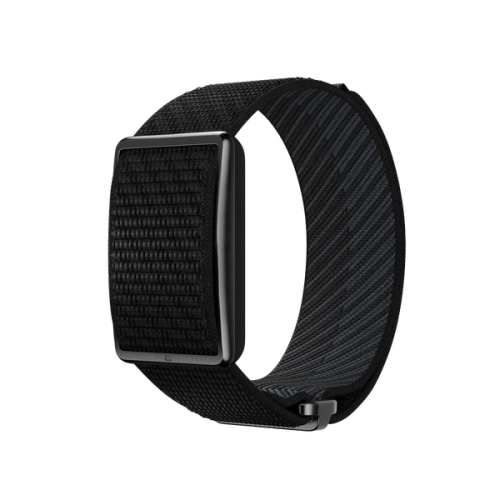Okay, aspiring marathoners, let's get real. You're about to embark on an incredible journey, but you're probably wondering, "How many miles per week of marathon training does it take to conquer the big 26.2?"
The short answer? It depends!
That's right. The weekly mileage for marathon training can vary wildly, from around 35 miles for beginners to over 140 miles for elite runners.
The long answer? Well, that's where things get interesting!
In this blog, we'll dive deep into the factors influencing your ideal weekly mileage. We'll talk about everything from your experience level and marathon goals to your injury history and the intensity of your training plan.
We'll also give you some practical tips on how to structure a training plan that includes enough weekly mileage to help you reach the finish line. And of course, we'll tackle the burning question: how long should your longest run be?
Those factors influencing your weekly marathon training mileage
As we mentioned, there are a few things you'll need to be mindful of when doing a marathon, whether it's your first or your fifteenth. Here's what will shape your training.
Experience Level
Just like any new skill, your mileage will likely start lower if you're new to the marathon game – and that's totally okay! And the BEST way to build that base? Easy miles, baby! We're talking zones 1, 2, and maybe a little zone 3 action. Think of it as laying the foundation for a skyscraper – you need a super solid base before you can even begin to dream about reaching for the sky.
Your Marathon Goals
Where do you see yourself crossing that finish line? Are you aiming to simply finish and soak in the atmosphere? Awesome! You can aim for a slightly lower weekly mileage. But if you're chasing a PB, qualifying for Boston, or dreaming of a podium finish, you'll likely need to ramp up those miles.
Injury History
Listen to your body. If injuries have been a roadblock in the past, consider including more low-impact cross-training like swimming, cycling, or the elliptical. This helps keep your fitness up while reducing the stress on your joints.
Training Plan Intensity
Not all miles are created equal. Think of your training plan like a workout playlist. Speed workouts, tempo runs, and long runs are your headbanging rock anthems – they're intense and push you to your limits. But you can't rock out 24/7, right? That's where easy jogs and recovery runs come in. They're like the chill acoustic tracks that let your body recover and prepare for the next intense session.
Remember, you're only as strong as your recovery. So, if your playlist is all rock anthems, you're gonna burn out fast. Most training plans follow the 80-20 rule: 80% easy miles (think zones 1 and 2 – nice and conversational) and 20% hard miles (zones 3-5 – where the magic happens). Having this balance in your weekly mileage is key to building endurance and staying injury-free.
Age
As we get older, our bodies might need a bit more TLC. Don't worry, it doesn't mean you have to slow down completely. Just be mindful of your recovery and consider slightly lower mileage to keep your body happy and injury-free.
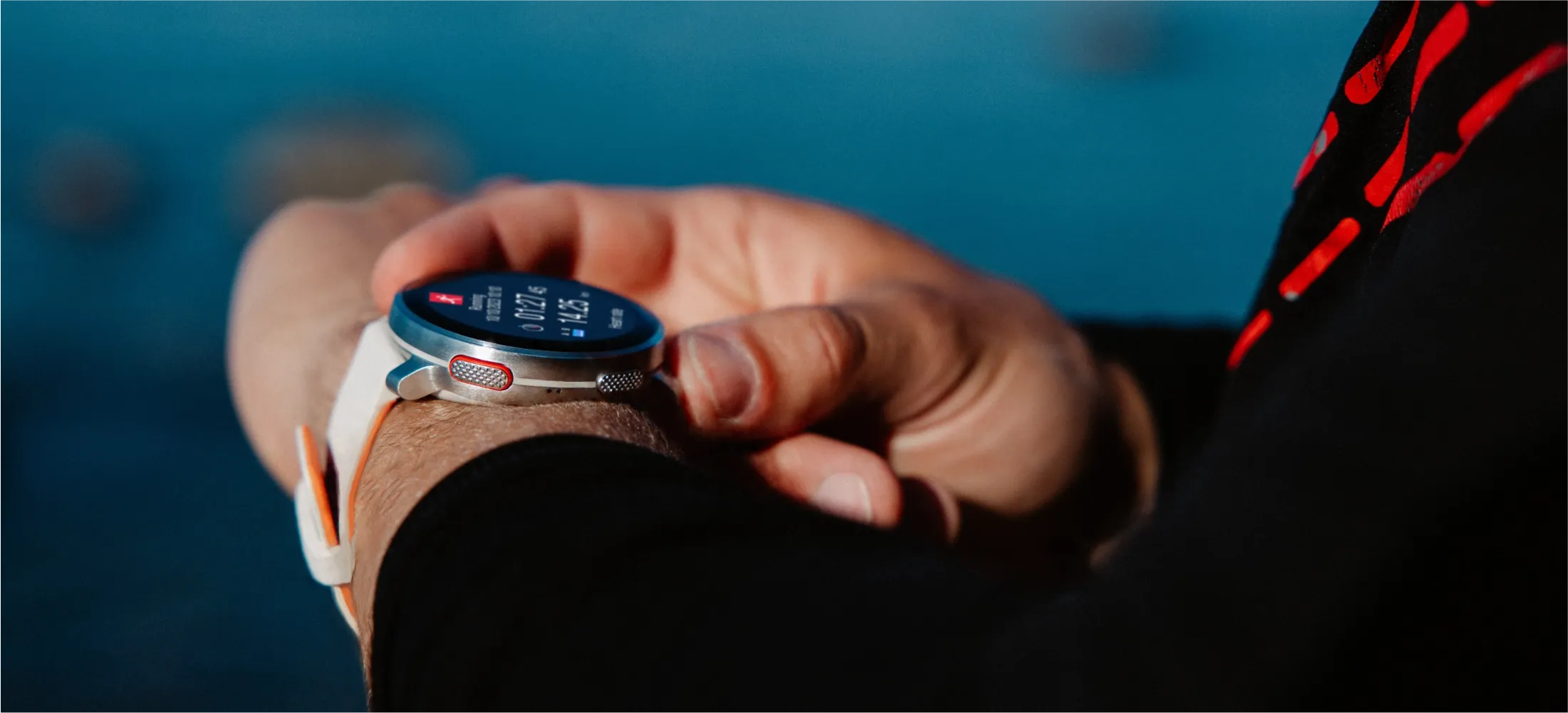
Enjoying this article? Subscribe to Polar Journal and get notified when a new Polar Journal issue is out.
Subscribe
Ready to build mileage? Here's what you need to consider
Let's be real, folks, running a marathon isn't a walk in the park (unless that park is, like, 26.2 miles long!). It takes serious dedication and, yes, mileage. Think of it like climbing a mountain – you wouldn't just show up at the base and expect to reach the summit, right? You've got to train, build endurance, and get comfortable spending quality time on your feet. That means consistently running 4-5 times a week and eventually conquering those two-hour (or longer!) runs.
So, if you're ready to put in the miles, here is your guide to scaling the behemoth that is marathon training.
Normalize running long distances (obvs)
Here's the deal: you gotta get comfortable with the long haul. The key is to increase your longest run distance each week gradually. During your training process, you should aim for a few runs that push you beyond the two-hour mark, maybe even up to three hours. These longer runs will help your body adapt to the demands of the marathon.
Create a good weekly routine
Want to build up a high weekly mileage without feeling overwhelmed? It's totally doable. The secret sauce is a solid, consistent weekly routine. Having this rhythm to your runs will make hitting those mileage goals way less daunting. A typical week should include this mix of paces and distances:
- 1 x interval session: These short bursts of speed help you get faster and stronger.
- 1 x medium-long run: This builds endurance and prepares you for those longer efforts.
- 1 x long run: This is where you build that mental and physical fortitude.
- 1-2 x easy/recovery runs: These are your chill days, allowing your body to recover and recharge.
With this mix, you'll easily rack up 30-40 miles per week, which is a solid base for any aspiring marathoner. Remember, consistency is key. Stick to your routine, and you'll be amazed at how much progress you make.
Easy, slow running = endurance
Yup, those slow runs are crucial for building that all-important endurance. While it might seem counterintuitive to run slow when you're training for a long race, these easy miles are essential for building endurance.
Think of your body as a super-efficient machine. When you run too fast too often, you're basically revving the engine way too high without actually getting much further. You're essentially spinning your wheels. Biomechanically and neuromuscularly, running slow helps you avoid this trap. It lets you dial in your form, use your energy efficiently, and get the most bang for your buck (or should we say, "mile").
"Musculoskeletally, slow paces can enhance slow-twitch muscle-fiber recruitment and reduce injury rate while improving recovery," says ultrarunner, coach, and podcaster David Roche in a Trail Runner Magazine article. "Aerobically, they can improve lipid metabolism and result in more efficient angiogenesis as capillaries form around muscle fibers." Essentially he's saying that when you run easy, you're training your body to use fat as fuel. That right there is your superpower during a marathon.
Plus, easy runs help your muscles recover from those intense speed workouts and long runs. They're like giving your body a gentle massage and a top-up of fuel. They keep your engine running smoothly and efficiently.
Build that mileage g r a d u a l l y
If you want to rush things, don't. Your body needs time to adapt. Increasing your mileage too quickly is like trying to run before you can walk – you're setting yourself up for injury and burnout.
Instead, focus on gradually increasing your weekly mileage by no more than 10% each week. This allows your body to adjust and get stronger. It's like adding bricks to a wall – slowly and steadily, you're building a strong and stable structure.
Don't get too intense
It's easy to get caught up in the excitement and push yourself too hard, especially if you're surrounded by other runners who seem to be logging crazy miles.
But the reality is that as much as you should focus on your training, you should also focus on not overtraining. Push your body too hard and it will break down. Too many long, hard runs can leave you feeling fatigued, both physically and mentally. You might even find yourself more susceptible to injuries.
To guard against overtraining, one idea is to consider structuring your long runs by time instead of distance. This allows you to focus on effort and how your body feels. For example, on your longest run, instead of aiming for a 20-mile run, try running for 3 hours and see where it takes you.
undefined
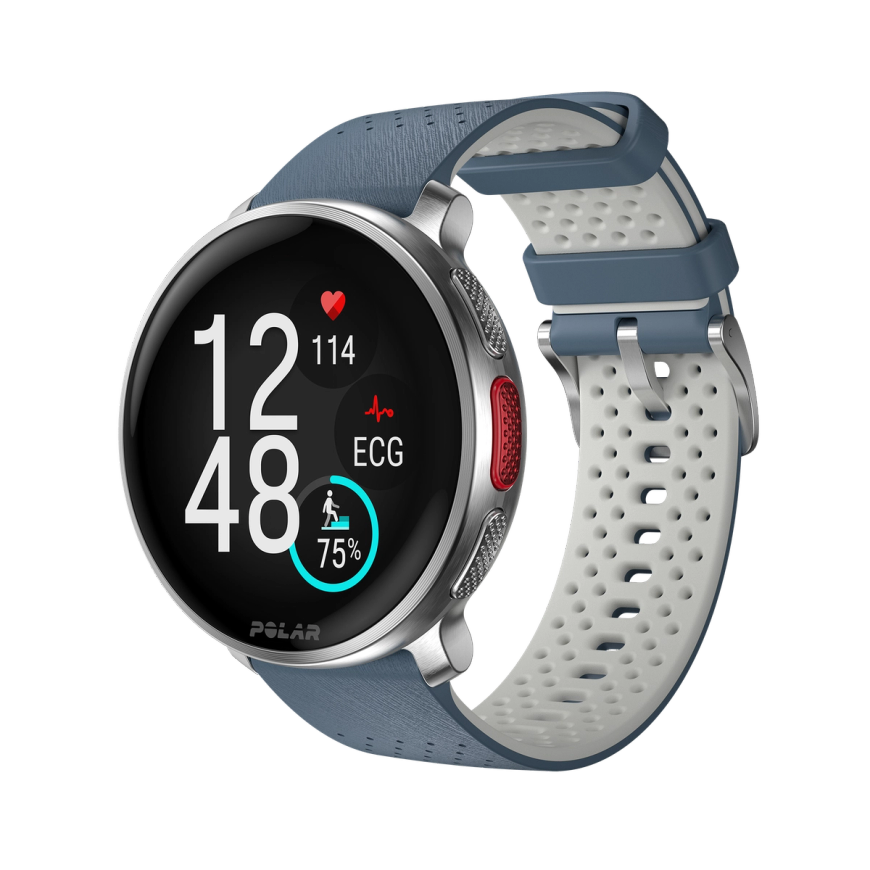
Polar Vantage V3
Premium-multisportklocka
En samling av instrument med biosensorer, AMOLED-skärm, GPS med dubbel frekvens, kartor och den mest omfattande uppsättningen av tränings- och återhämtningsverktyg på marknaden. Scenen är klar och den smarta sportklockan Polar Vantage V3 är redo att ge sitt livs prestation.
Bonus question: How long should your longest run before a marathon be?
Speaking of your big training run, you might wonder, "Exactly how long should my longest run actually be?" It's a great question.
One of the unique things about the marathon is that you won't necessarily run the full 26.2 miles during your training. Most runners aim for a long run between 18-22 miles, depending on their experience and training plan.
The key takeaway is that your marathon success isn't solely based on that one longest run. It's the culmination of all your training – the consistent miles, the speedwork, the tempo runs, and those crucial recovery runs. So, don't get too hung up on hitting an exact mileage on your longest run. Focus on building a solid base, fueling your body right, and pacing yourself wisely on race day. You've got this!
Enjoying this article? Subscribe to Polar Journal and get notified when a new Polar Journal issue is out.
Subscribe
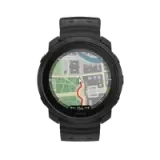 Polar Vantage M3
Polar Vantage M3
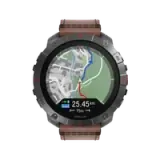 Polar Grit X2 Pro Titan
Polar Grit X2 Pro Titan
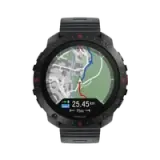 Polar Grit X2 Pro
Polar Grit X2 Pro
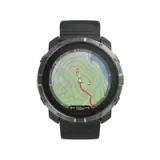 Polar Grit X2
Nyhet
Polar Grit X2
Nyhet
 Polar Vantage V3
Polar Vantage V3
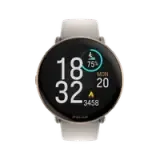 Polar Ignite 3
Polar Ignite 3
 Polar Ignite 3 Braided Yarn
Polar Ignite 3 Braided Yarn
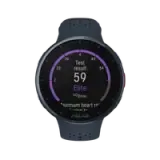 Polar Pacer Pro
Polar Pacer Pro
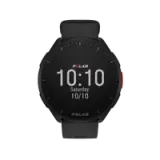 Polar Pacer
Polar Pacer
 Polar Unite
Grit X-serien
Vantage-serien
Pacer-serien
Ignite-serien
Polar Unite
Grit X-serien
Vantage-serien
Pacer-serien
Ignite-serien
